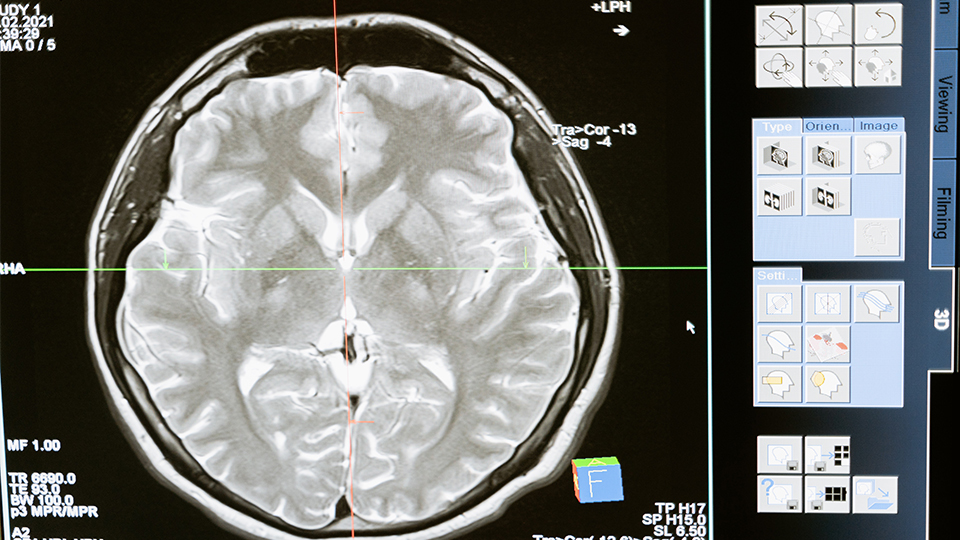NUS researchers discover novel mechanisms of memory formation in little-known hippocampal CA2 sub-region
Published: 30 Nov 2021

Photo Credit: MART PRODUCTION from Pexels
A little-known CA2 hippocampal, which is a smaller sub-area in the brain, plays a critical role in recording social memories and regulating aspects of social behavior, such as aggression. Social memory is defined as remembering social interactions and recognising familiarities and novelties in these interactions, which shapes our social behaviours. Due to the small dimensions of the CA2 hippocampal sub-region, this area was previously overlooked in research studies and considered to be a link connecting the CA1 and CA3 regions of the hippocampal, the main areas which drive the major thrust of memory functions.

Photo Credit: Ananya Dasgupta, former PhD student of NUS Medicine
It was found that the CA2 neurons have been releasing different neuromodulators to different regions of the brain, unlike the typical neuromodulators released by the CA1 and CA3 sub-regions. This observation has shed more light into the possibility that neuromodulation by acetylcholine could potentially play a key role in reconciling CA2-dependent social memory. Memories are thought to be formed based on neuronal connections that strengthen and weaken according to the level of stimulation given, known as synaptic plasticity. It has also been observed that despite playing a critical role in memory, the neurons in the CA2 sub-region indicate different mechanisms of memory formation, compared to the neurons in the CA1 and CA3 sub-regions, and lack the neuronal connections that enable storage of memories.
In response to changing external environments and behavioural states, chemical neurotransmitters are released in the brain, which play a pivotal role in regulating the neuronal responses that ultimately shape the learning and behavioural outcomes. The team has gathered that direct stimuli projection, such as the release of acetylcholine from the medial septum and diagonal bands of Broca could mean that the seemingly “plasticity-devoid” state of the neurons in the CA2 sub-region can be corrected to contribute to the stability of memories acquired in social environments to facilitate social memories and behaviours.By understanding the fundamentals of memory formation, it is key to deciphering the causes of behavior disorders, memory loss and memory and behavior impairment such as Alzheimer’s disease. This study will better inform future research that seeks to develop targeted therapies in specific brain regions to treat socio-cognitive deficits in people diagnosed with dementia or Alzheimer’s disease.
More details can be found in the press release here.
News Coverage


